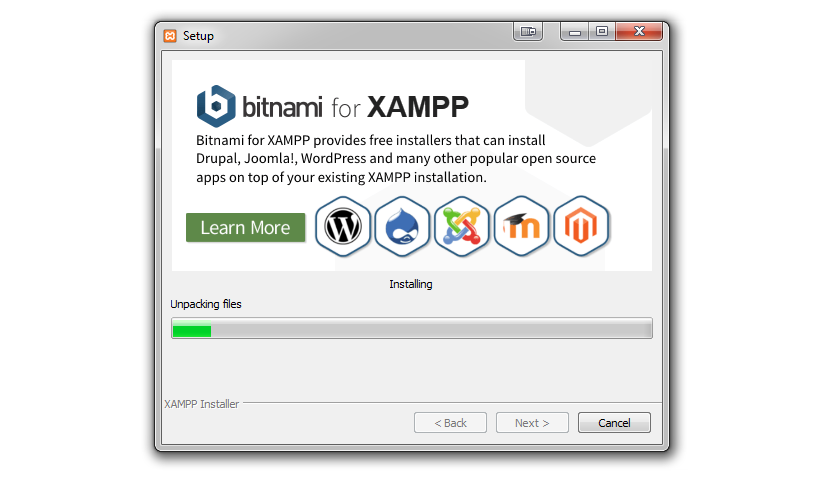

This means you won’t have to worry about elements such as your live server’s resources, security vulnerabilities relating to your unfinished site, and visitors arriving before you’re ready. It’s a good idea to install WordPress within a local environment because you want to work without pressure.
XAMPP uses the PHP interpreter to understand what to do with your site’s files. You add a MySQL or MariaDB database to hold all of your site’s information. The server itself is an ‘Apache’ type, and you can get other types too (such as Nginx). It’s a cross-platform tool that works on Windows, Mac, and Linux. It lets you install and use a number of tools and services to run the equivalent of a web server. In a nutshell, XAMPP is a local development environment tool for WordPress. By the end, you’ll have a site up and running on your computer. This lesson will look at how to install WordPress using XAMPP step-by-step. From there, you can install WordPress in XAMPP and get to work. 
If a Graphical User Interface (GUI) isn’t to your liking, a stack-based solution such as XAMPP is just as good. This will give you the resources of a server, within a pressure-free environment. As such, it’s important to have a local development environment on your computer. Creating your WordPress website should take time.






 0 kommentar(er)
0 kommentar(er)
